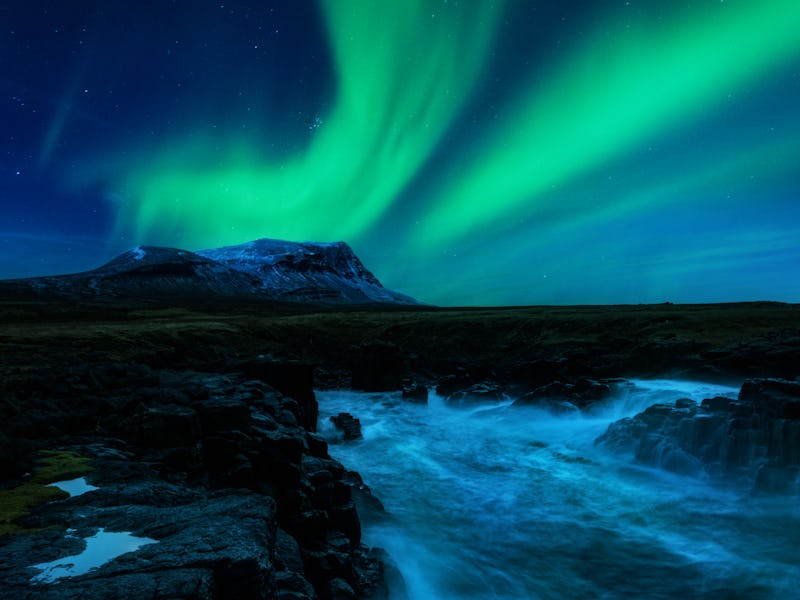equinox 2020: why you need to pay attention to the start of fall tomorrow
It only happens twice a year, but this curious celestial phenomenon signals beauty throughout the globe.

On September 22, Earth will experience its second equinox of 2020. For a brief moment, the Sun’s light will shine directly on the planet’s equator, creating a moment when the period of night and day are almost exactly equal.
On the northern side of the equator, this moment is known as the autumnal equinox, and is widely associated with the beginning of Fall. That means leaf peeping and shorter days, although Daylight Saving Time won't end until November 1.
Astronomically speaking, the season will close with the December solstice on December 21, which marks the start of winter.
Why is there a Fall equinox?
The autumnal equinox occurs because of the Earth’s rotational axis, the angle at which it spins around the Sun. The Earth spins at an approximately 23.4 degree angle, which means that the Sun’s powerful rays hit the Earth unequally.
This inequality has widespread implications for the entire planet, creating the seasons as we know them.
On most days, the tilt creates an imbalance either favoring the southern or northern hemisphere. But during the two annual equinoxes, the Earth is completely perpendicular to the Sun’s rays.
The autumnal equinox is typically associated with other aspect of the autumn season, like leaves changing colors.
When will the autumnal Equinox start?
Although some celebrate the equinox all day on September 22, it’s more of a passing moment.
On the East Coast, the Equinox will take place at exactly 9:31 AM on Tuesday September 22. The exact timing relative to you depends on where in the world you are, however.
What is an equinox?
At 9:31 AM Eastern, the Sun will cross the celestial equator, traveling north to south.
There’s no actual equator line, but scientists use an imaginary demarcation for measurements precisely like this.
What happens in the southern hemisphere?
The Equinox affects the southern hemisphere in the reverse. It is the start of autumn above the equator, but below it is the start of spring.
Lighting up the sky
According to NASA, both spring and autumnal equinoxes are prime time for auroras, the solar activity that translates into beautiful Northern Lights.
Historical records show that auroras are twice as likely to happen in fall or spring than the summer or winter.